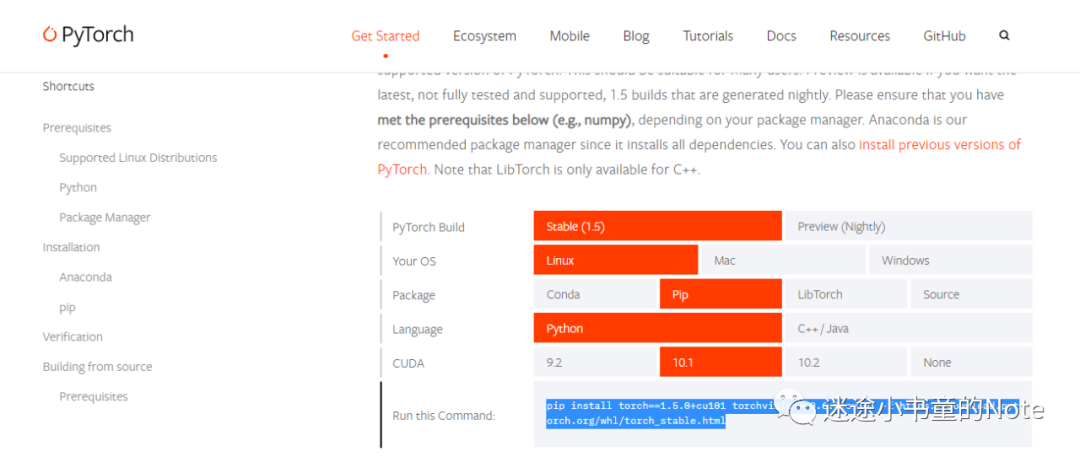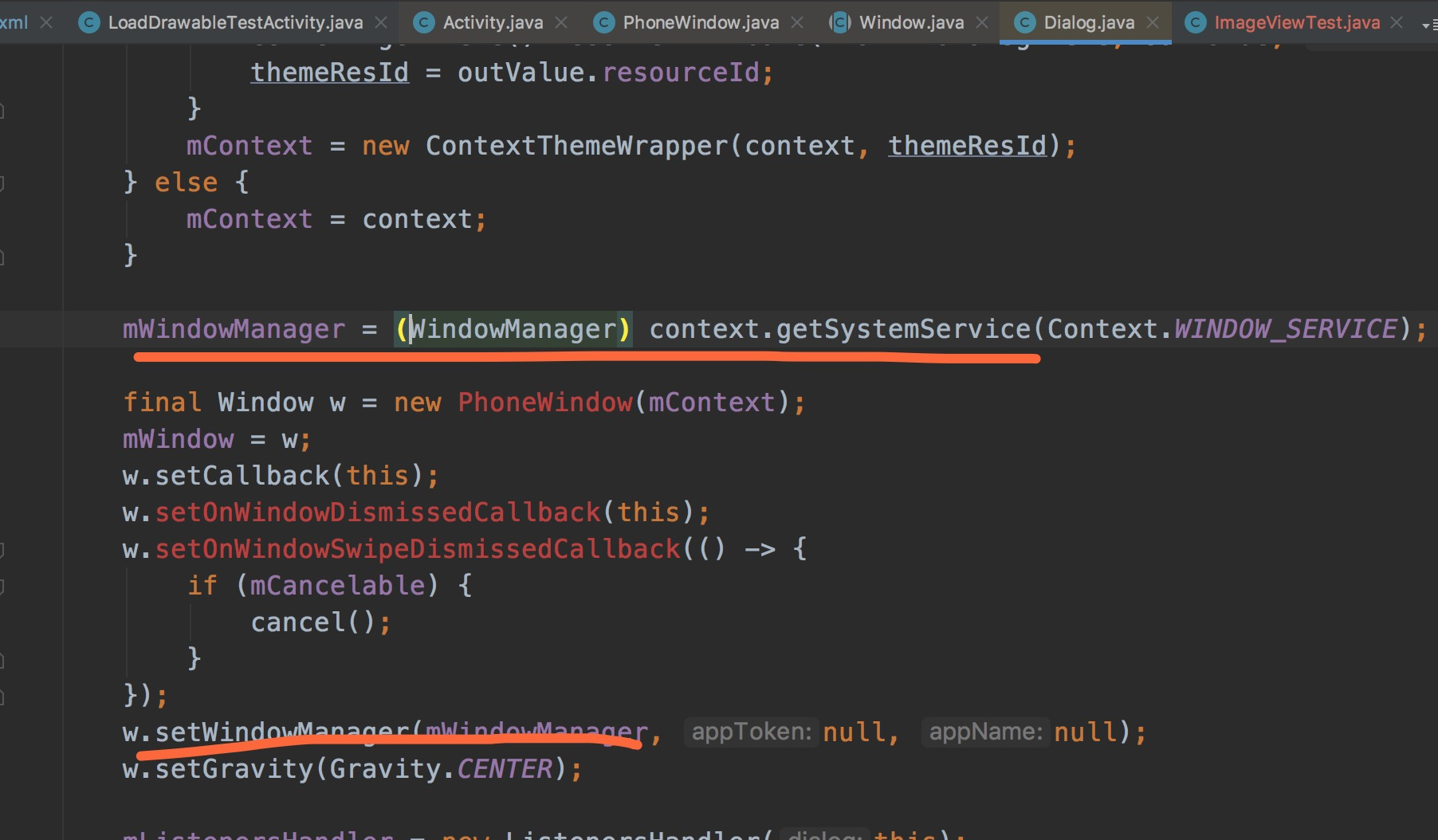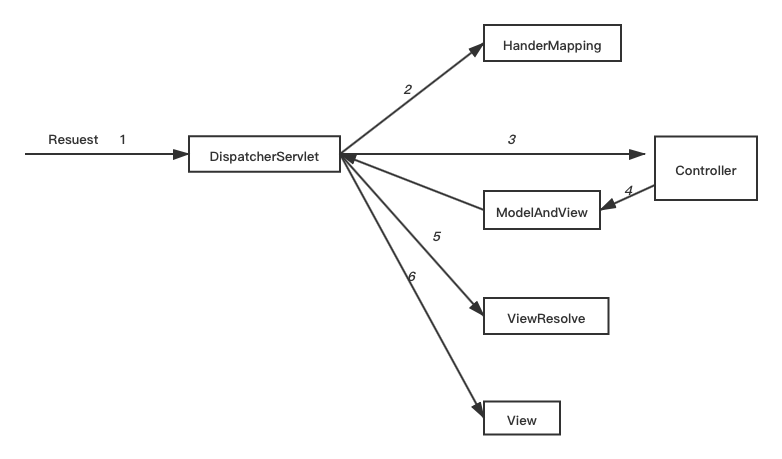可以将文章内容翻译成中文,广告屏蔽插件可能会导致该功能失效(如失效,请关闭广告屏蔽插件后再试):
问题:
I need to integrate a database in one of our products and I wonder which one would be more suited to our needs (easy automatic deployment, no administration, good performance), and sqlite seems to be a good solution. The problem is that the database could potentially face high concurrency issues: it is accessed through PHP (Apache) each time a client connects to the server the database is running on. One client connects (and execute an INSERT query) approximatively every 10 seconds to the server, and it could possibly have more than 100 clients running.
When executing an INSERT query, sqlite locks the entire database at a certain time for a certain duration. Is there a way to compute that duration? If this is not possible, do you think sqlite (v3.3.7) is still adapted with the above conditions?
回答1:
I don't think that SQLite would be a good solution for those requirements. SQLite is designed for local and lightweight use only, not to serve hundreds of requests.
I would recommend some other solution, for example MySQL or PostgreSQL, both can be scripted quite well. So, if I were you, I would put my efforts into the setup scriptings.
To avoid the flame war between SQLite believers and haters, let me draw draw your attention to the often referred SQLite When-To-Use document (I believe it is considered as a credible source). Here they state the following:
Situations Where A Client/Server RDBMS May Work Better
High Concurrency
SQLite supports an unlimited number of simultaneous readers, but it will only allow one writer at any instant in time. For many situations, this is not a problem. Writer queue up. Each application does its database work quickly and moves on, and no lock lasts for more than a few dozen milliseconds. But there are some applications that require more concurrency, and those applications may need to seek a different solution.
I think that in the referred question involves many writes and if the OP would go for SQLite, it would result a non-scalable solution.
回答2:
I try to avoid emotive replies and hyperbole but I am truly astonished at the lack of knowledge about sqlite displayed on this page. Different database implementations serve different needs and from the operational specs you provide, sqlite3 seems ideal for your needs. To elaborate:
sqlite3 is fully ACID compliant, meaning it ensures atomic commits, which is something neither MySQL (good as it may be) nor Oracle can brag about. See more here
Also, sqlite3 has a deceptively simple mechanism for ensuring maximum concurrency (which is also thread-safe) as described in their File locking and Concurrency document.
By their (sqlite3 developers') own estimation, sqlite3 is capable of up to 50,000 INSERTs per second - a theoretical maximum which is limited by disk rotation speed. ACID compliance requires sqlite3 to confirm that a database commit has been written to disk, so an INSERT, UPDATE or DELETE transaction requires two full disk rotations, thereby effectively reducing the number of transactions to 60/s on a 7200rpm diskdrive. This is outlined in the sqlite FAQ linked in another answer and the fact gives some idea of the engine's data throughput capability in production. But what about concurrent reading and writing?
The File locking and Concurrency document linked earlier, explains how sqlite3 avoids "writer startvation" - a condition whereby heavy database read access prevents a process/thread seeking to write to the database from acquiring a lock. The escalation of locking state from SHARED to PENDING to EXCLUSIVE happens as sqlite3 encounters an INSERT (or UPDATE or DELETE) statement and then again upon COMMIT, meaning that the full database lock is delayed to the last moment before an actual write is performed. The outcome of sqlite's clever mechanism for handling file locking means that should a writer join the queue (PENDING lock), existing reads (SHARED locks) will complete, grant an EXCLUSIVE lock to the writer process and then resume reading. This takes only a few milliseconds, meaning that the effective transaction throughput will hardly move from the 60/s rate quoted above.
I believe the default sqlite3 WAIT on an EXCLUSIVE lock is 3 seconds, so given the fact that 60 transactions per second is a reasonable expectation and that you seek to write to the database on average once every 10 seconds - I'd say sqlite3 is well up to the task and will only require the introduction of clustering once your traffic increases by a factor of 500.
Not bad and perfect for your requirement.
回答3:
Here is what SQLite has to say about appropriate uses of SQLite: http://www.sqlite.org/whentouse.html In particular, that page says SQLite is good for low the medium traffic sites, exactly the sort of application that you're contemplating.
Seems like SQLite would work for you, unless you expect substantial growth. Depending on what you do in each request, I would expect that a query rate of 0.17 queries per second to be well within SQLite's capabilities.
For good user experience, you should design your site so that queries needed to service a single request take ~ 200 milliseconds. To achieve this, result sets should probably not touch more than a few score rows; and should rely on indeces, not full table scans. If you hit that, then you'll have enough headroom to serve 5 queries per second (at peak). That's 30x the requirement that you state in your question.
回答4:
The SQLite FAQ covers this topic: http://www.sqlite.org/faq.html (See: "(5) Can multiple applications or multiple instances of the same application access a single database file at the same time?")
But for your particular use, you'd probably want to do some stress testing to verify it'll meet your needs. 100 concurrent users might be a bit much for SQLite.
回答5:
I read through the FAQs, and it seems that SQLite has some pretty decent support for concurrency, but may require the use of transactions to be sure things are going to go well.
The comments above regarding Apache concurrency are correct: one Apache server can serve out multiple requests, the number depends on how many processes are run. Most of the servers I run, its set to 3-5 processes, while on larger installations, it might reach 20. The point here is that SQLite can more than handle a small to medium traffic web site, as it can do thousands of inserts a second.
I plan on using SQLite for my current project, but to be safe, I fully intend on using BEGIN TRANSACTION and COMMIT for any writing or concurrency-sensitive parts.
Bottom line, as usual, Read The Manual.
回答6:
Additional to the discussion above about sqlite3,
One more Awesome feature is introduced in sqlite v 3.7.0 is (WAL Mode) Write Ahead Log mode in which you can read from multiple processes and can write with one process at the same time.
have a look at;
http://www.sqlite.org/wal.html





